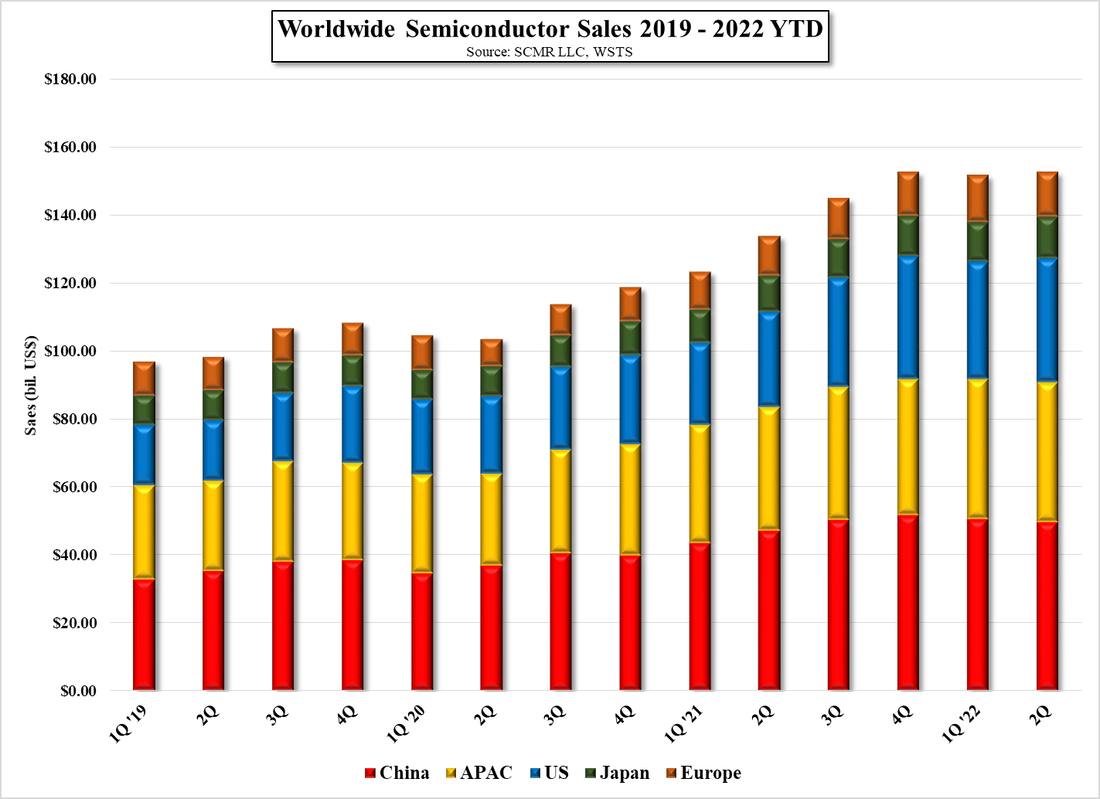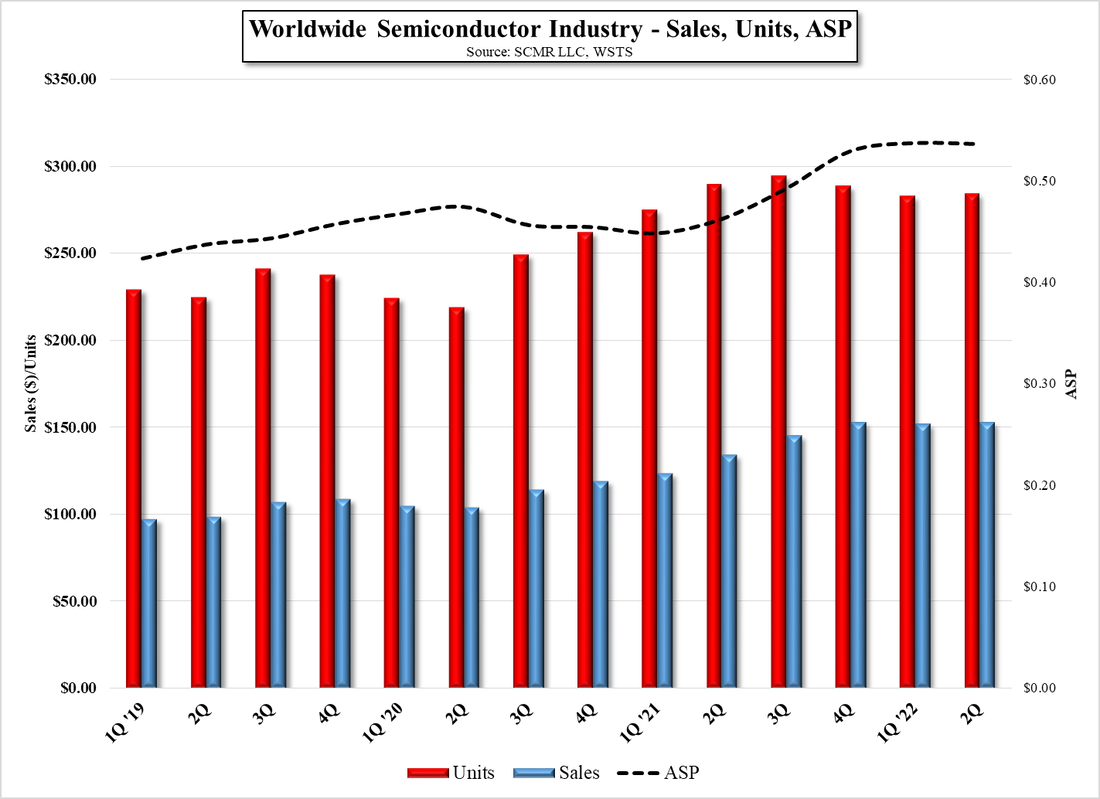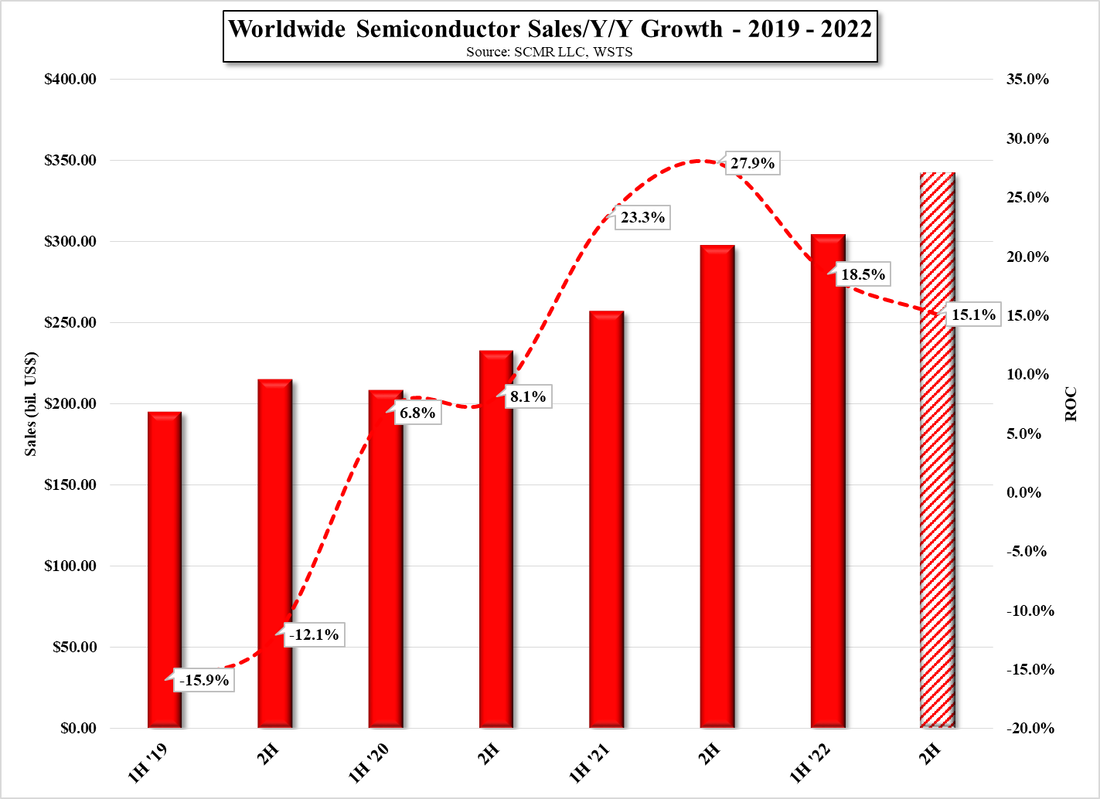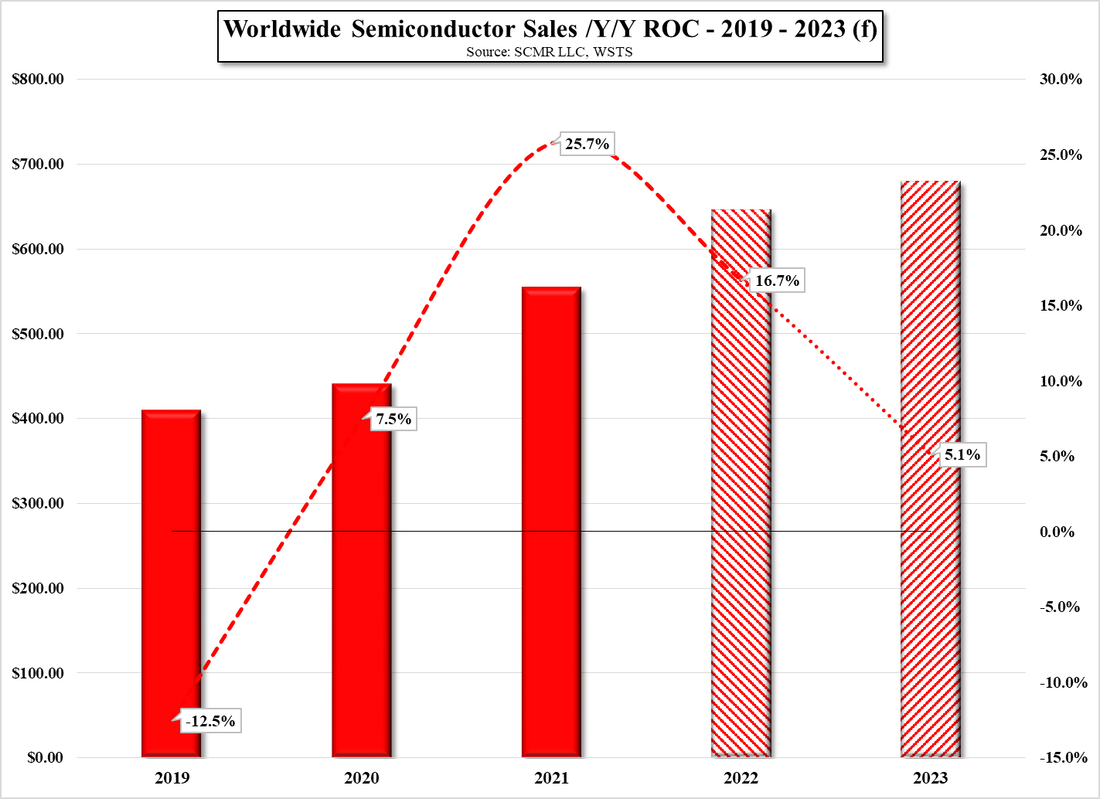Who Me?
Chinese drone producer DJI (pvt) also has spent time trying to allay fears that its drones are being used by the Russian military after a statement of praise by a Russian official began circulating in social media concerning the company’s products. Now, China’s Unitree Robotics (pvt), a producer of a $2,700 robotic ‘dog’, is trying to disarm the chatter that occurred when one of its robotic dogs was seen at a military hardware exhibition in Russia with a rocket launcher attached. While the robotic dog was covered in black cloth, it was quite similar to the company’s household robot dog, the GO1, and while the Russian engineers who developed their implementation said it can be used in both civilian and wartime scenarios to deliver medications, they also noted it could be used to carry and fire weapons.
Boston Dynamics (pvt) has been building commercial quadruped robots since 2004, brothers of the dancing robots we have seen in a number of demos and segments on 20/20, but there is always the inevitable corruption of such devices for use in the military, singled out in a number of dystopian Sci-Fi thrillers that feature ‘Spots’ with weaponry and a mindless focus on killing hapless civilians. While companies are very careful to disassociate themselves from the current worldwide bad guys and are hopefully careful not to sell directly to any military organization (other than our own) that might adapt them for warfare, it would be hard not to imagine that the human mind would not look at such devices as potential weapons, especially if they are able to be reverse engineered and easily copied. Covering them with a black cloth (as shown in the first video below) does little to hide their origin and sets a depressing tone to what are certainly feats of engineering, so we also include the second video to put things in a better light…
https://youtu.be/WZlMq5LpN8Q
https://youtu.be/fn3KWM1kuAw








 RSS Feed
RSS Feed